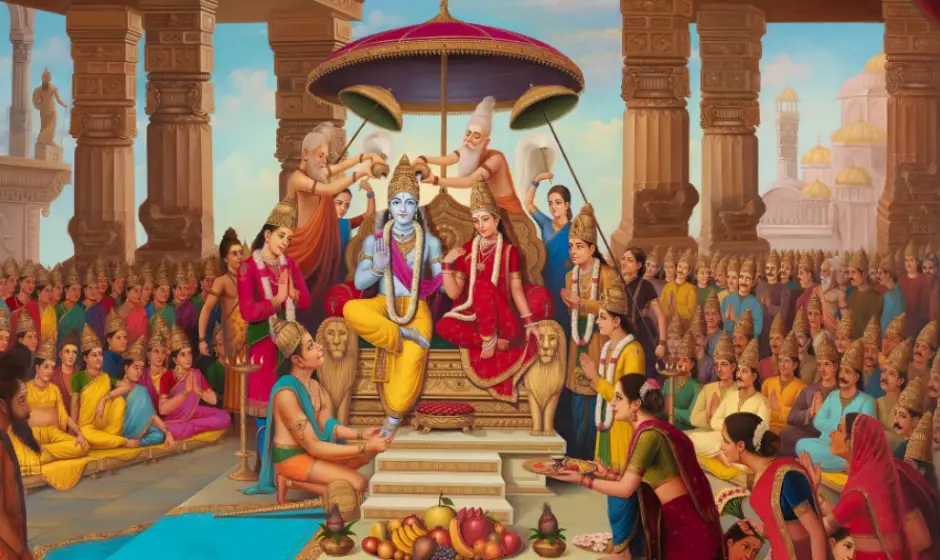Bhagwan Ram is a paragon of humanity, representing values such as integrity, morality, being an ideal son, an ideal husband, and, most importantly, a perfect king. His life and acts exemplify him as the Maryada Purushottam Bhagwan Ram, showcasing a natural embodiment of virtuous attributes. Concurrently, his biography, Ramayana, has long inspired these principles and beliefs, encouraging individuals to attain their distinct humanity for generations.

Undoubtedly, Bhagwan Ram surpasses geographical limits. Although visible evidence of Bhagwan Ram’s existence may be a little less, the enduring ideas and values associated with Bhagwan Ram are still evident worldwide.
In the recent past, excavations in Italy unveiled vestiges of the Astrocon culture, showcasing distinctive murals found in several buildings. Upon closer scrutiny, it was observed that the artwork included individuals possessing tails and two men with bows and arrows on their shoulders, accompanied by a woman positioned next to them. Upon careful examination, it is evident that the stories of Ramayana undeniably influenced these paintings.
A contemporary assessment of the worldwide Indian diaspora, encompassing Non-Resident Indians (NRIs), Persons of Indian Origin (PIOs), and Overseas Indians, demonstrates their existence in diverse manifestations spanning over 200 countries. The widespread influence of Bhagwan Ram in over two hundred countries is remarkable, as Indians view Maryada Purushottam Bhagwan Ram as the highest ideal. Bhagwan Ram transcends the limitations of religion, creed, and gender; he belongs to everyone and resides in every individual.
Beyond Hindi and Sanskrit, the Ramayana extends its reach into languages such as French, Polish, Russian, Arabic, English, and more.


The God Who was Homeless for 500 Years: Dismantling Western Media’s Reporting on the Ayodhya Ram Temple - American Kahani 10 Feb 2024
[…] the religious and spiritual significance of these beliefs. Neither Ram’s heroic role in molding universal civilizational values and ethos nor the significance of the birthplace of Hindu heroes is acknowledged in any of these reports. […]